CHADO−TEA CEREMONY−Samurai mind
The “Tea Ceremony” as it is known today, has been popular for about 400 years. Even today, tea ceremonies are often performed. A tea ceremony is performed in specially constructed “Teahouse.” If you have the opportunity, please experience the atmosphere and enjoy some tea in a teahouse!
We are sure you will appreciate the performance of a tea ceremony with its extravagant utensils and women in beautiful kimonos. You will have a refreshing time while eating sweets and drinking tea. But this is not all. What else could there be...?
Let’s imagine for a moment, the origin of the tea ceremony. It dates back to the time of endless battles, the century of the “retainer supplanting his Lord,” and has continued until present times. In those cruel times, there must have been many people who desired to relax and calm their nerves with a cup of tea. We may not be able to understand what Samurai thought and felt in those dreadful times, but we can imagine how they prepared to face reality by meditating in the teahouse.
Before entering a teahouse, people must rinse their mouth and wash their hands with the water from a special washbasin called a “Tsukubai.” This process not only washes the body, it is meant to cleanse the soul so that the teahouse can be kept solemn.
A tea ceremony is not just a time to drink tea, but a way of achieving a spiritual Calmness and fulfillment. One can enjoy a tea ceremony alone, or share it with a friend. There is a tendency to sense or understand others instead of speaking to each other. These ways of enjoying the tea ceremony eventually inherited many very strict rules and became a form of etiquette. The tea ceremony is a form of culture that seeks depth of Spirit and polishes the senses. Although the tea ceremony looks very formal, it has actually sought to have spirit.
In “Nou” and “Kyougen” plays, the motions are simplified in order to become more beautiful. The movements in a tea ceremony are similar in that they are quiet and direct, and if one follows the rules, the ceremony and the participants can be understood without exchanging a single word.
Furthermore, in order to appreciate the aesthetic beauty of the ceremony and the finely-honed tools and ways that are used in a tea ceremony, a person will need a better sense of the way things exist around he or she, and an intuitive sense of what others are feeling or thinking.
If you are calm and relaxed during some quiet time while drinking a cup of tea in a teahouse, you will probably come to understand the meaning of “Chado” (a tea ceremony).
Director Ichogo-ichie, Nonprofit Organization
Yaeko Amano
Reprint is prohibited.

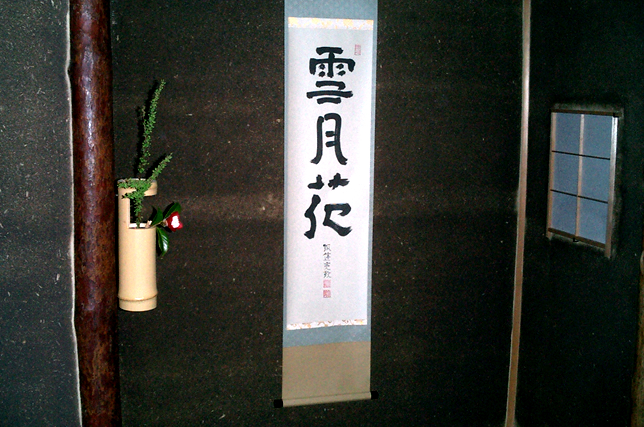
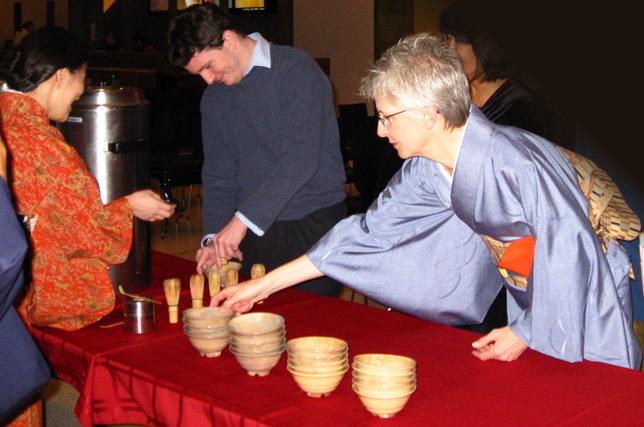
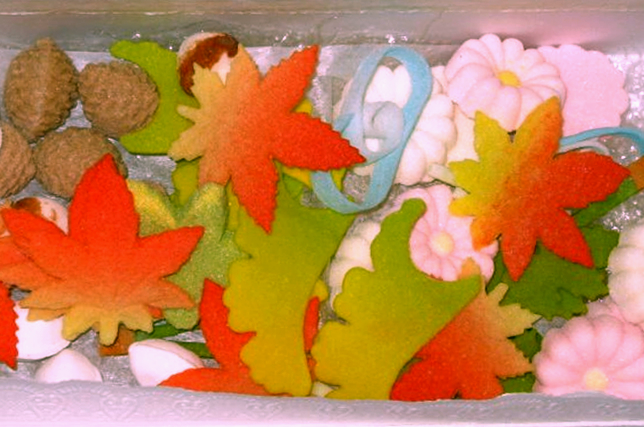
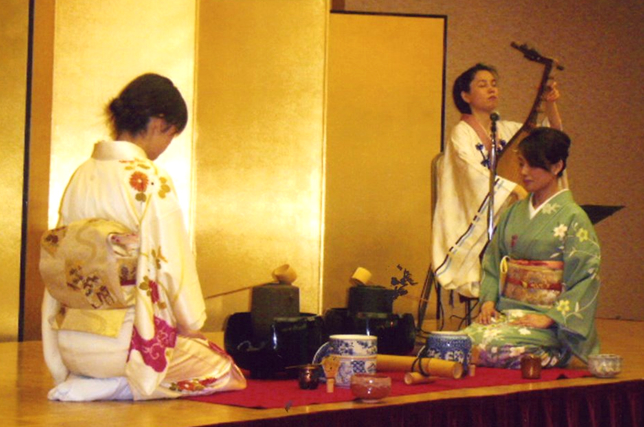
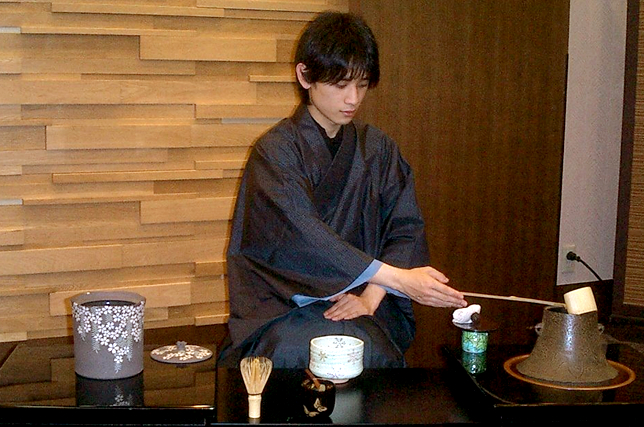
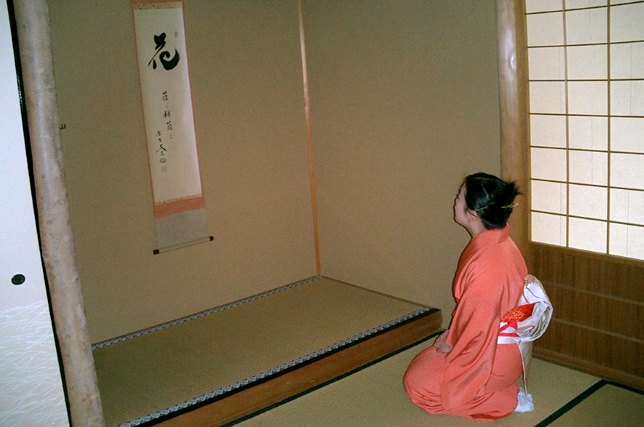
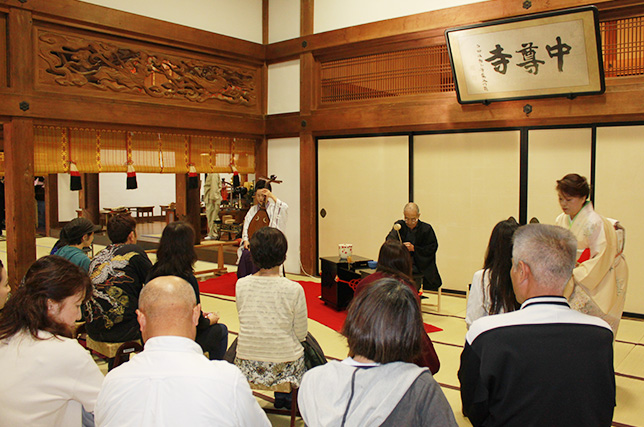
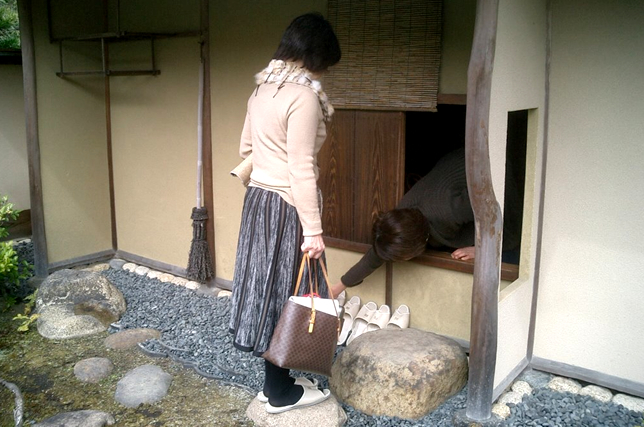
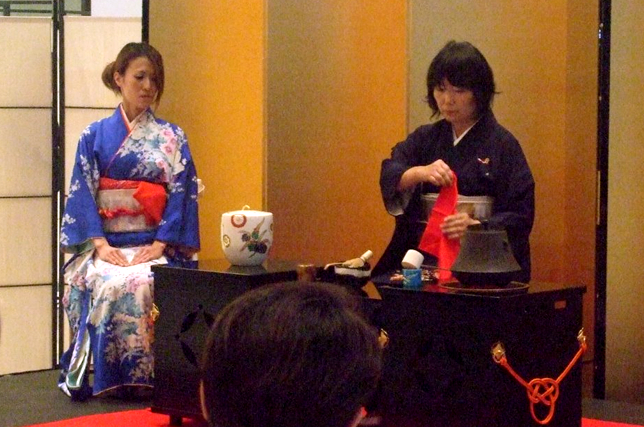
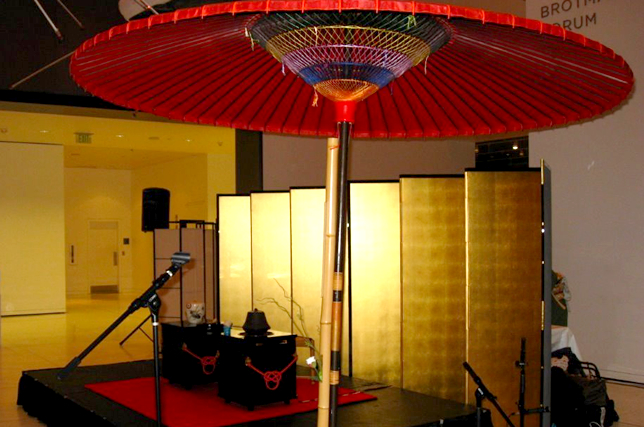

 2019年1月宮城雄勝・11月岩手陸前高田。馬頭琴奏者バイヤラト氏と共に抹茶さろん開催
2019年1月宮城雄勝・11月岩手陸前高田。馬頭琴奏者バイヤラト氏と共に抹茶さろん開催 平成30年10月27日;藤原氏が平和を願い建立した中尊寺本堂にて、仙台・神戸・熊本の震災被災者達の、琵琶演奏「祇園精舎」(川村旭芳氏)と共演追悼茶会。なごやかな雰囲気の中無事に終えました。感謝です。募金箱に集まった御寄附は、盛岡復興支援センタ...
平成30年10月27日;藤原氏が平和を願い建立した中尊寺本堂にて、仙台・神戸・熊本の震災被災者達の、琵琶演奏「祇園精舎」(川村旭芳氏)と共演追悼茶会。なごやかな雰囲気の中無事に終えました。感謝です。募金箱に集まった御寄附は、盛岡復興支援センタ...